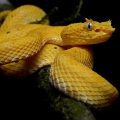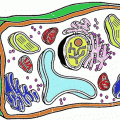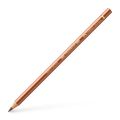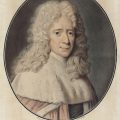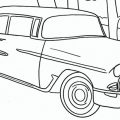Charles K. Kao is a Chinese-American engineer and physicist who pioneered the development and use of fiber optics in telecommunications. He is also credited with being the first to recognize the potential of using optical fibers for transmitting digital information, which laid the foundation for modern fiber optic communications.
Born in Shanghai in 1933, Kao attended St. John’s University before moving to the United States to study at the University of Illinois, where he earned his PhD in electrical engineering in 1966. After a brief stint working in industry, Kao joined Bell Labs, where he conducted groundbreaking research on optical fibers that led to their widespread adoption in long-distance telecommunications.
In 2009, Kao was awarded the Nobel Prize in Physics “for groundbreaking achievements concerning the transmission of light in fibers for optical communication.” He remains an active researcher and advocate for fiber optic technology, and continues to work on developing new applications for it.
What Did Charles K Kao Discover?
Charles Kao discovered that certain physical properties of glass could be used for high-speed data communication. This discovery laid the groundwork for the development of fiber optic technology and revolutionized the way we communicate today.
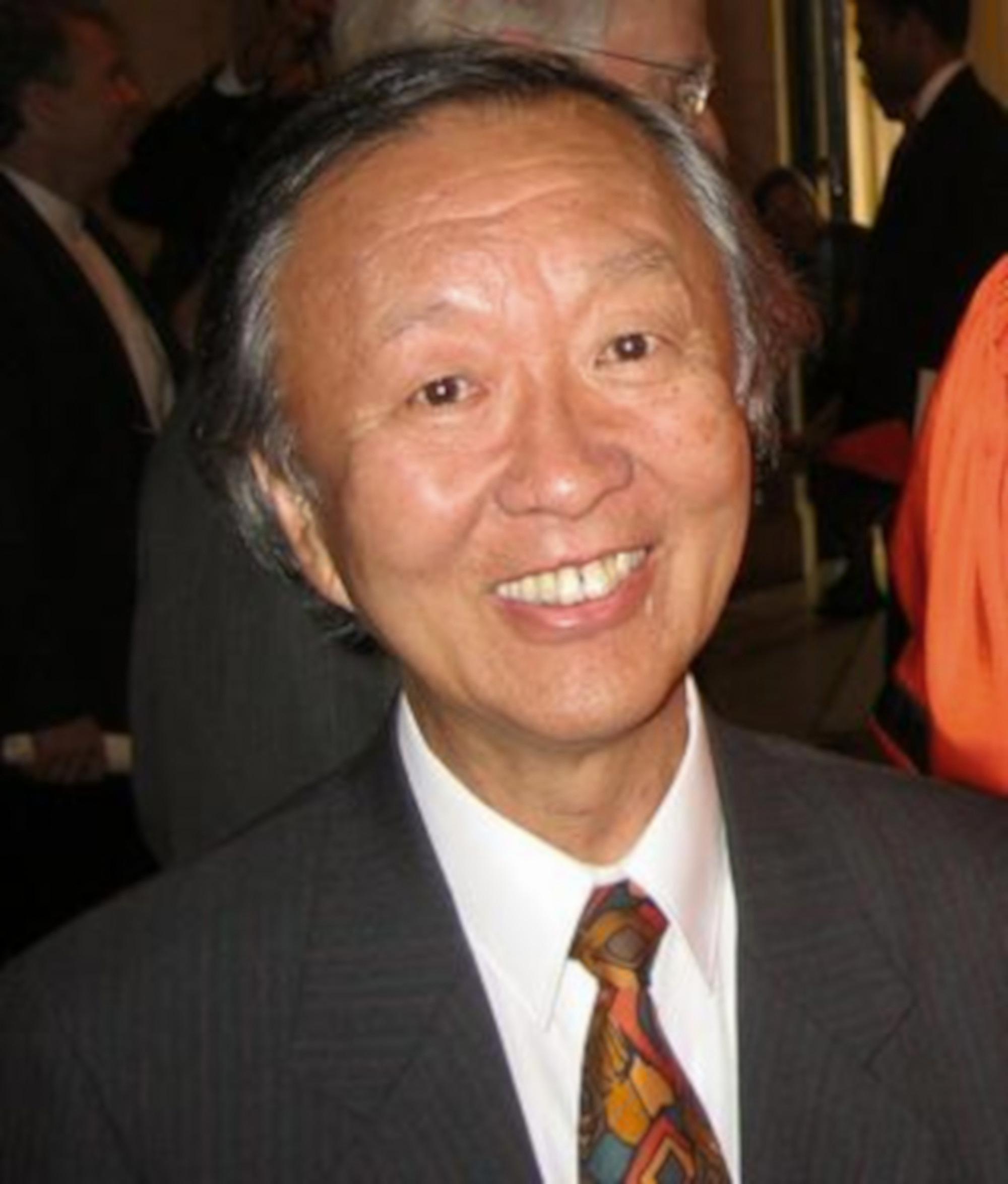
How Did Charles Kao Invent Fiber Optics?
In the 1960s, Charles Kao realized that telecommunication signals could be transported using optical fibers. At the time, however, the technology to create very pure glass fibers did not exist. Kao’s solution was to develop a process for creating fibers of very pure glass. This breakthrough made fiber optics possible and laid the foundation for modern telecommunications.
When Did Charles Kao Invent Fiber Optics?
Charles Kao invented fiber optics in 1973. He did so despite the conventional wisdom of the time, wich held that fiber optics was not possible. Kao’s invention revolutionized communications and ushered in the modern age of fiber-optic communications.
Who Invented Fibre Optic Broadband?
Corning Glass Works successfully developed optical fiber cables for communication in 1970.
Who Invented Optical Fibre In India?
Narinder S. Kapany was an Indian-born American physicist and entrepreneur who is widely credited as the “father of fiber optics.” He did more than anyone to make optical research a priority in government and corporate budgets, and his work laid the foundation for the modern fiber optic communications industry.
Is Fibre Optic Harmful?
Fiber optics are not harmful to humans. There is no evidence that fiber optics cause any health problems in humans.
How Does Fiber Optics Work?
Fiber optic cables are made of extremely thin strands of glass or other transparent materials. These strands are so thin that they can only be seen using a microscope. When light hits the cable, it is reflected off the walls of the strand and travels through the cable. This enables data to be transmitted at very high speeds.

When Did Kao Win Nobel Prize?
Kao won the Nobel Prize in Physics in 2009 for his discovery of how light can be transmitted trough fibre-optic cables.
What Country Has Won The Most Nobel Prizes?
The United States has won the most Nobel Prizes of any country, with 400 prizes awarded to American citizens from 1901 to 2021. The United Kingdom is in seond place, with 138 prize winners.
Does Charles K Kao Have A Child?
Yes, Charles Kao has two children: a son named Simon, born in 1961, and a daughter named Amanda, born in 1963.
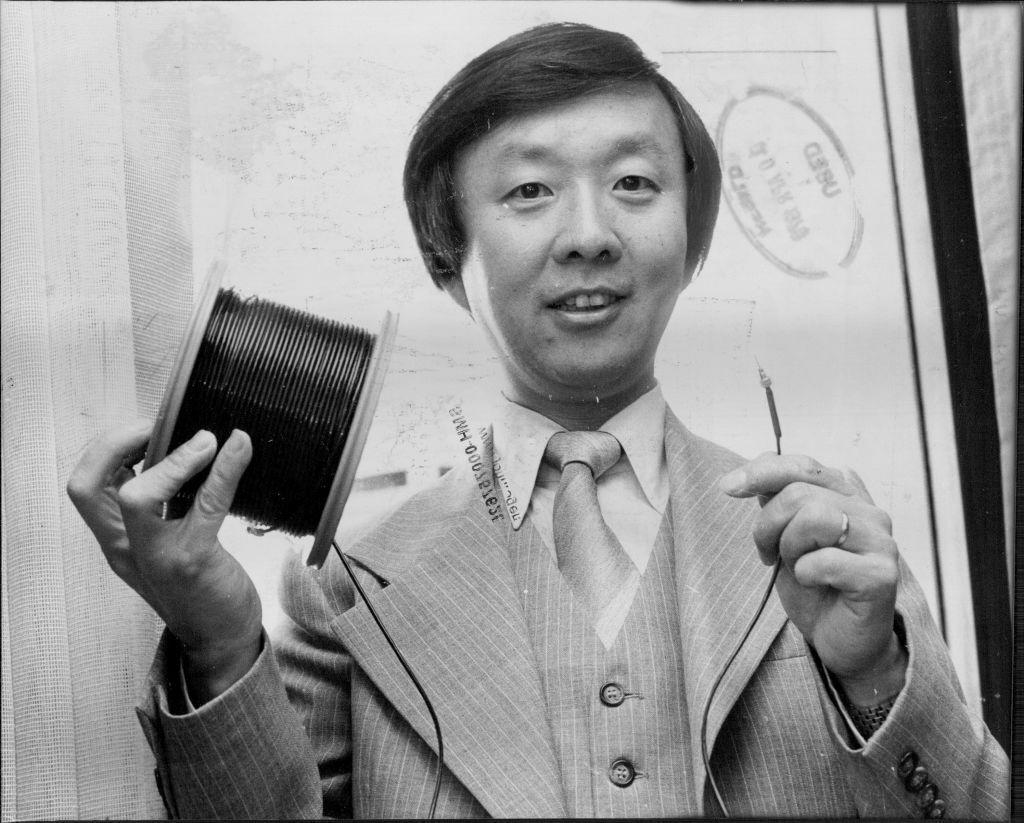
Where Was Charles Kao Born?
Charles Kao was born in Shanghai, China on this day in 1933.
Why Optical Fibres Are Used In Communication?
One of the main reasons why optical fibres are used in communication is because they are able to carry much more data than copper wires. This is because optical fibres are made of extremely thin glass or plastic strands that can be combined to form a cable. Each strand is capable of carrying its own data signal, whch means that a single optical fibre cable can carry multiple signals at the same time. This makes them ideal for use in high-bandwidth applications such as long-distance telephone and internet communications.
Another advantage of optical fibres over copper wires is that they are not affected by electromagnetic interference (EMI). This means that they can be used in environments where there is a lot of electrical activity without fear of the signal being degraded. This makes them ideal for use in hospitals and other sensitive areas where electrical equipment may be present.
Finally, optical fibres are much lighter and more flexible than copper wires, making them easier to work with and install. This is particularly important in applications were space is limited, such as in aircraft and spacecraft.


